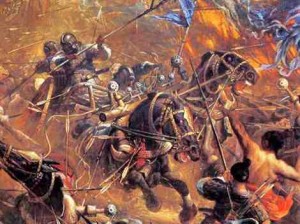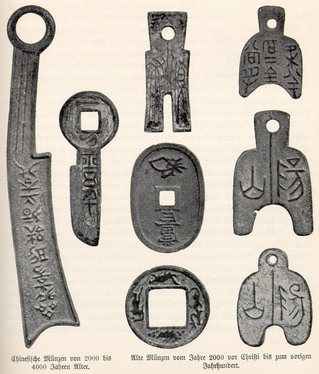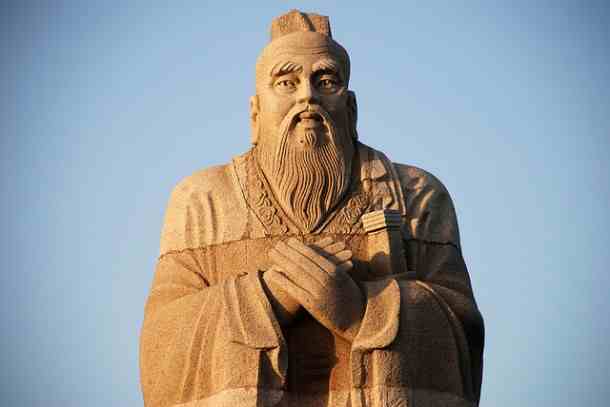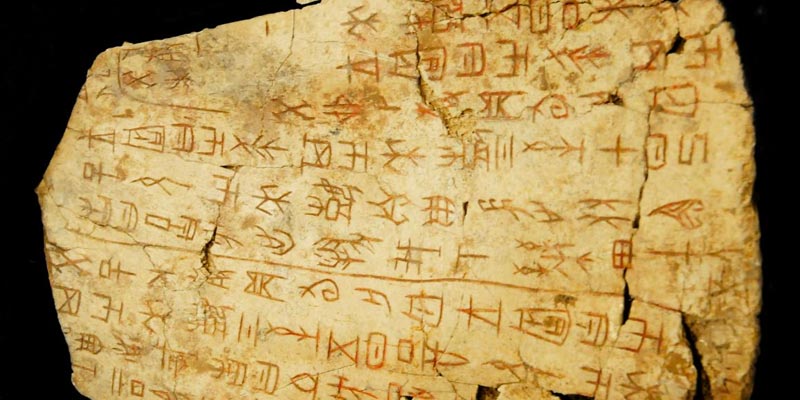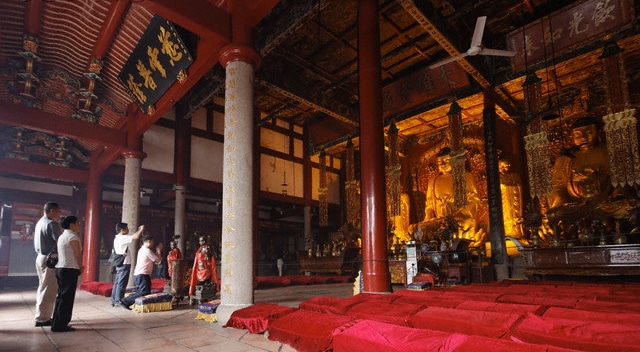Divided into the Spring and Autumn Period (771-475BC) & Warring States Period (475- 221BC) – these were the pivotal years of the development and formation of China.
After the Zhou collapses, China sees its first great disruption in history— a long period of turmoil which lasted over 500 years. For half a millennium, rival states ferociously fought one another.
During the Warring States Period, weaker states are swallowed up, until only seven large states are left standing.
Chaos = Progress
One benefit of all this turbulence: Chinese civilization kicks into high gear. Money (bronze coins) is widely circulated.
Iron tools revolutionize agriculture as well as warfare– including developments such as the crossbow, riding on horseback, and cavalry warfare.
Chinese calligraphy becomes more fluid and expressive with the introduction of brush writing.
The first canals are built along with long defensive walls separating rival states (some of which would later become the Great Wall).
The Hundred of Schools Thought
But the most significant development was a flourishing in social philosophy and political theory known as The Hundred Schools of Thought. During this turbulent period, rulers wanted to know the best way to conquer and govern. Sun Tzu’s The Art of War came from this period (His key message to “Attack your enemy’s strategy first, his troops second” would not be lost on Mao Zedong 24 centuries later).
Most significantly, Confucianism and Daoism (Taoism) were born. But they were too ahead of their time (When Confucius died in 479BC, he was only mourned by a small group of his disciples).
Instead Legalism was best suited for the times. The ultra-totalitarian Legalists had a dimmer view of man—believing that order needed to be imposed with an iron fist (Mao Zedong would later become a big admirer).
“In a well-ordered nation,” the Legalist evil genius Shang Yang wrote, “punishment is endemic, reward scare.”
The state of QIN—adopting the Legalists’ harsh system—would eventually conquer all other rivals to become the last guy standing.

